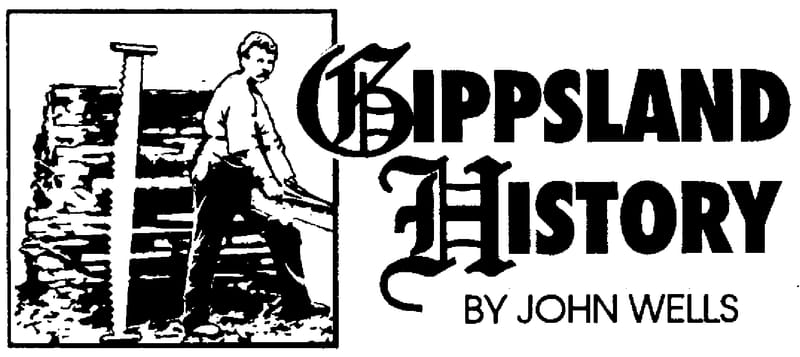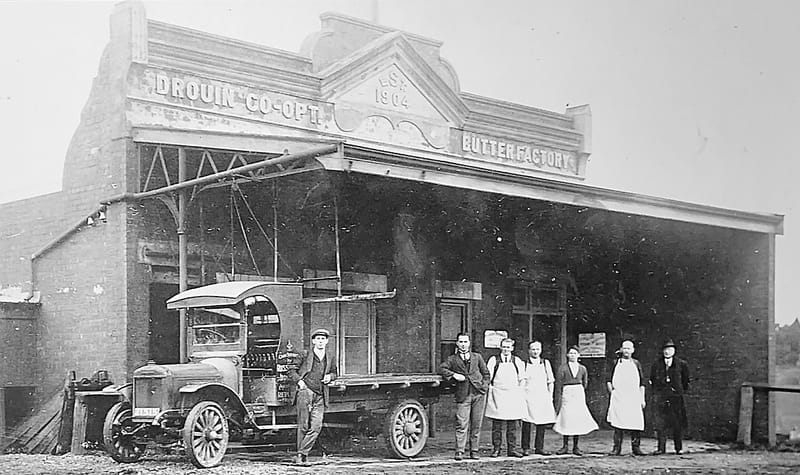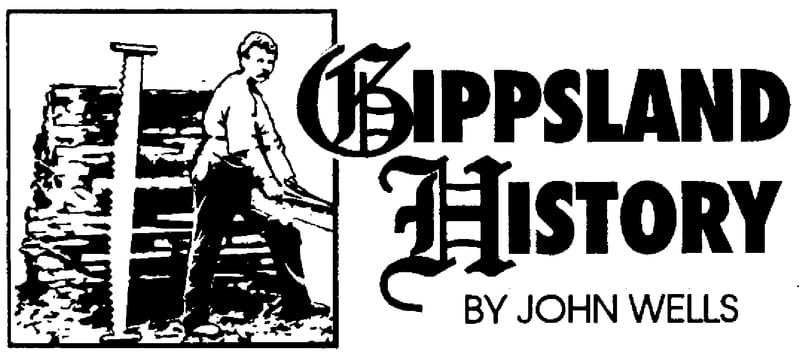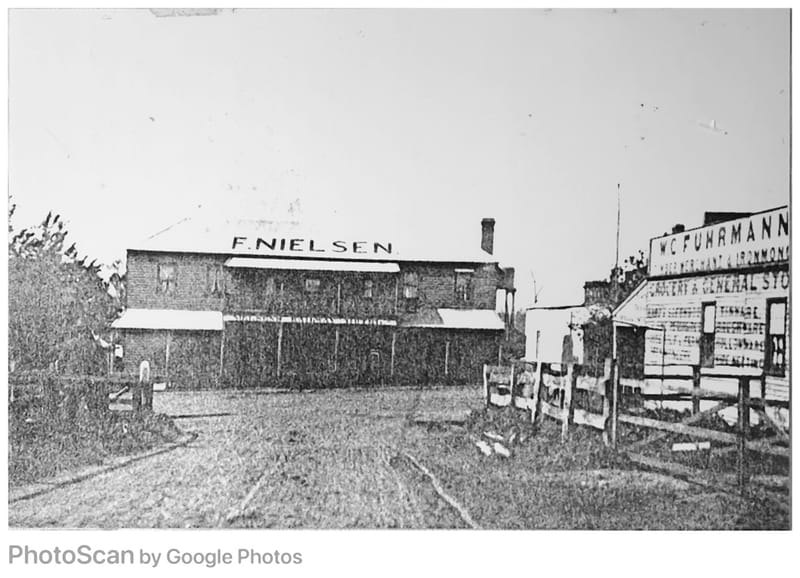Losing the axe
When the chainsaw arrived many people consigned their axes to the past, but axes did not stop cutting wood just because the chainsaw was faster. Think of all the things an axe could do, and still can. I'll come back to that. There are few maintenance...

When the chainsaw arrived many people consigned their axes to the past, but axes did not stop cutting wood just because the chainsaw was faster.
Think of all the things an axe could do, and still can. I'll come back to that.
There are few maintenance problems because an axe has no moving parts, so long as the head is on tightly, which can be important to anyone standing nearby. Indeed, an axe has only four parts. There is the handle, which serves to keep your fingers away from the blade, among other things. There is the head, a block of steel that is, hopefully, sharp at one end. There is a little metal wedge driven into the handle from the bottom of the head, to spread the wood a little and keep it tight.
The fourth part is often overlooked, and that is the history of the axe. All good axes have stories told about them, like good cattle dogs. Alright, I know the history of the axe is not part of it in a purely rational sense, but in the eyes of someone who'd had a god axe for a long time it was something of the sort. Dad burnt timber during the war, in covered pits, to make charcoal. That charcoal was used in the gas-burners that powered many cars and trucks during the war years. That wood was felled and cut to length by his axe.
Yes, the axe we had at Longwarry was that same axe. Dad was blind in one eye and could not enlist, though he pointed out many times there were plenty of roles in the army that did not need two eyes, but he did have one or two adventures during those years, including my birth. He put on a hat and overcoat and rode his racing bike from Grantville to Lang Lang to get the doctor – though he had a car with a full tank of petrol waiting for just that purpose. He rode straight past it.
On another occasion Uncle Chooka was bitten on the thumb by a brown snake while they were deep in the scrub – and the axe was used to remove the thumb before the poison could spread. It worked, too. Uncle Chooka, whose real name was George, said years later that if they hadn't done it straight away he would have chickened out. Dad said that axe saved Chooka's life.
There is an old joke about axes, in which a bloke says his axe is a really good one. "It has had three heads and nine handles and it is still going strong". Yes, that's a boom-boom joke, but it does go to the importance a farmer placed on a good axe.
A good axe is a sharp axe, and sharpening the axe properly took a little time, sometimes with a file if there were small chips, but usually just with an oilstone. I can still picture Dad in front of the kitchen fireplace with the axe across his knees, rubbing, checking, rubbing.
Dismembering a tree on the few acres we managed to clear, by hand, showed the versatility of this wonderful tool. Once the tree-puller was in place and had taken up the slack in the cable, the axe would cut away the roots on the other side and at a totally unpredictable point the tree would give up the struggle and come crashing down.
That was where the real work started. The dirt among the roots had to knocked off into the hole left. Some of the tree would be designated as future fence post. Some would become railings for the yard or to go around a haystack. Some would be identified as firewood and all the rest would be piled up and burned.
The trunk had to he stripped of its bark, so the back of the axe would be used in a zig-zag pattern to bruise the bark and loosen it for stripping. It was then sawn with the crosscut into fence-post lengths and then split with the maul and wedges and stacked carefully so as to dry straight. Any that warped became firewood – no farmer worth his salt would use a post that was not straight and true. All the farmers around us took pride in their fencing, and not just because they kept the cattle in place.
The axe had a rest at this stage, but then it was used to cut up all the light stuff into rails, or firewood, or even clothesline poles. For those too young to remember, on most farms the washing on a long clothesline, ideally in a place that got the sun and the wind, but not too much dust. The line would sag under the weight of the wet washing and the clothesline pole would prop up the middle to keep everything off the ground. It was just a forked stick but it was also a valuable implement. Nor was it a 'clothesline pole' on most farms – it was 'a prop' or 'the prop'.
When all the firewood bits were loaded into the cart, and hauled up to the woodheap, they were again in the province of the axe. First the wood was cut to a burnable length, about half a metre, though we called it eighteen inches, for the fireplaces, and then shorter pieces for the stove and the copper. Once it was the right lengths the bigger bits had to be split, trying to avoid those did not have a straight grain. The ones that could not be split became backlogs, a terms I've not heard for decades.
Just in the demolition of that one tree the axe would have been used for chopping roots, cutting up railings and firewood and, using the other side as a hammer, bruising the bark for stripping. You can't strip bark with a chainsaw.
Sometimes the maul would be missing and Dad would use the back of the axe to hammer in the wedges when splitting logs for posts. In most senses it made a good, heavy hammer. One problem was that hitting metal wedges with a metal axehead meant that chips of steel would sometimes fly off at about a thousand miles an hour. These were to be avoided.





